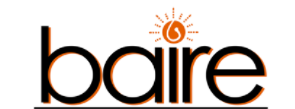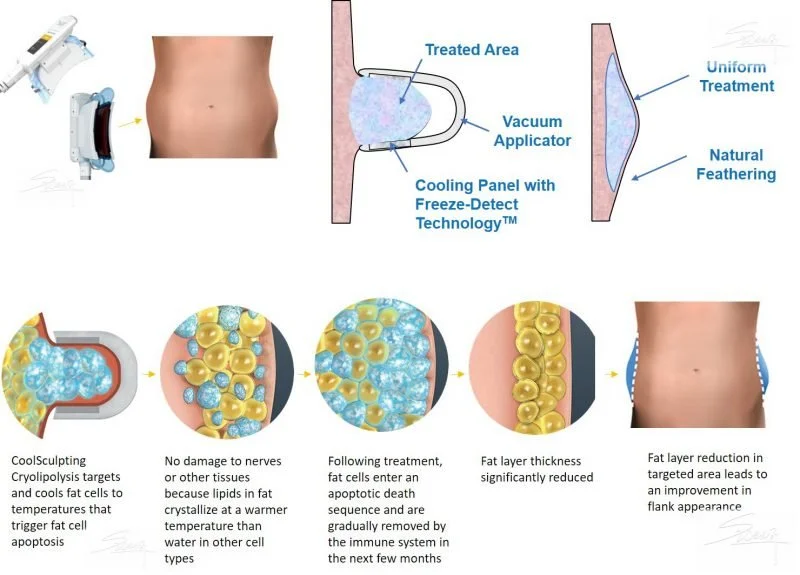Baire
Baire provides high quality, permanent hair removal through Candela - Laser Hair Removal, Waxing, Baire Boost and Threading . We're the one-stop specialized shop driven to resolve the problem of unwanted hair for men & women. We're also experts in individual, Mink Lash Extensions for a beautiful look from the moment you wake. Last but not least we provide advanced Facial Treatments, including Micro-dermabrasion, Hydro-dermabrasion and Oxygen.
Because eliminating unwanted hair is our specialty, our Hair Removal Specialists are more informed about the process and treatment. They provide the most comfortable Brazilian wax, safe and most effective laser hair removal, and precise eyebrow threading.
““Best place ever, love it! I live in Staten Island and travel all the way to Manhattan just for this place!
I’ve been going here for years and no matter who I get- I receive very professional service . Totally professional operation.
Bonus: the owner believes in female empowerment and grows her employees for leadership position. No kissing ass here...this is from an employee who was encouraged to go back to school by the owner and given a more flexible schedule! I love this place.””



